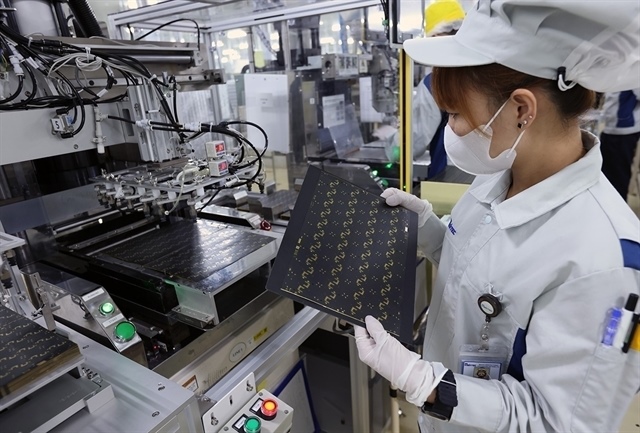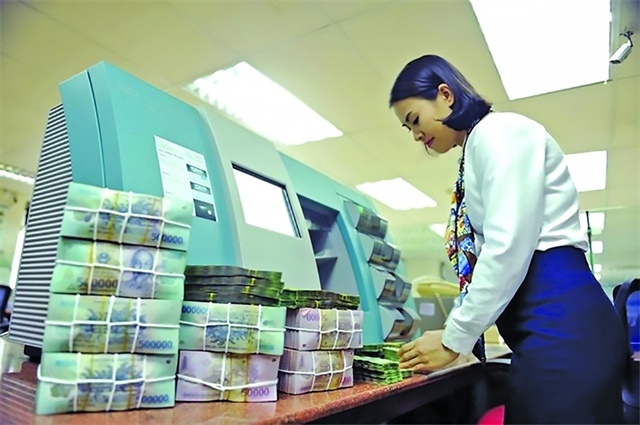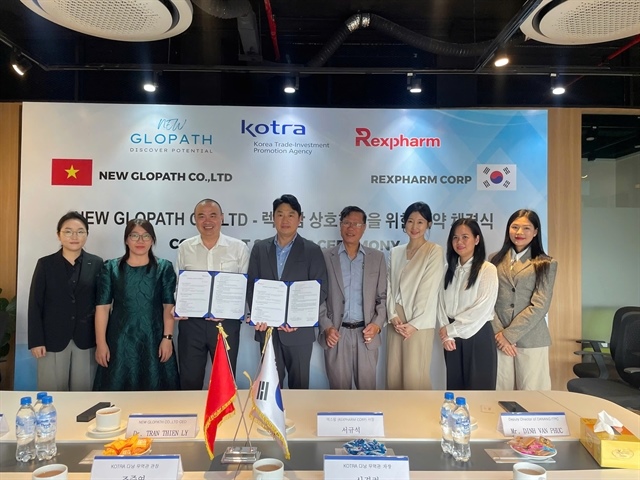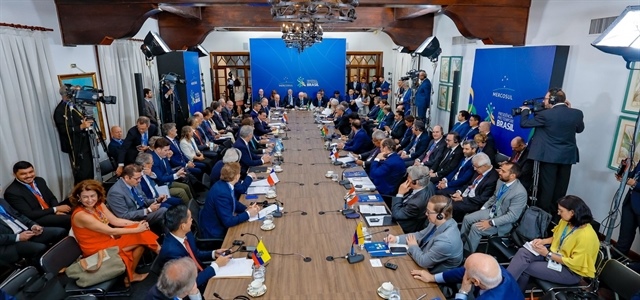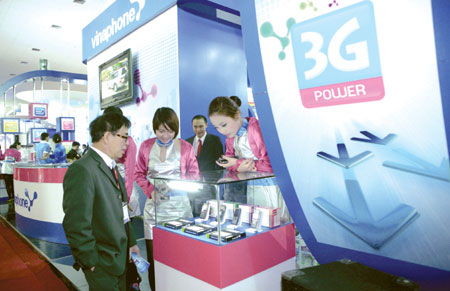Bau Bang bids for industrial development
Bau Bang bids for industrial development
Land has been cleared for investment projects in Bau Bang, a new residential and industrial zone in the southern province of Binh Duong, according to Becamex Investment and Industrial Development Corporation (Becamex IDC), the zone's investor.
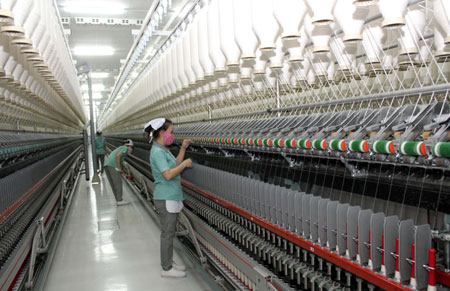
"The zone was built in the northern part of the province with the main aim of reducing pressure at industrial zones in the southern part," said Nguyen Van Hung, chairman and CEO of Becamex IDC.
"All of the land in the zone has been cleared and we are ready for investors," Hung told Viet Nam News.
Covering an area of more than 2,000ha, the investor used half of the zone's square for industrial development and the other 1,000 ha for services and urban residential development.
Hung said the zone was built with outstanding advantages that were based on experiences obtained from the establishment of the Viet Nam-Singapore Industrial Park and the My Phuoc Industrial Park.
He said that investors' top concerns were human resource, infrastructure inside and outside the zone, and that administrative procedures were now less important to them.
Thus, his company would focus on developing civil infrastructure to attract more investors and assist local residents.
To date, the zone has attracted 40 foreign-direct-investment (FDI) projects, worth a total of US$240 million.
On Friday, a new South Korean company, KyungBang Viet Nam Ltd, opened in the zone with a $140-million plant, considered to be the biggest textile plant in the region.
According to Lee Kap Soo, general director of the KyungBang Viet Nam Ltd, the plant will be built in three phases. The first phase has been completed and put into operation.
"The second and the third phases will be carried out soon. Construction of the second may start in September or October," he said.
Lee said that the plant's first phase has an investment of $40 million and a capacity of 550 tonnes per month.
The second phase would be the same as the first, and the third phase would see a doubling of capacity and investment.
"About 90 per cent of the plant's products will be sold to Vietnamese garment companies. Others will be exported to markets such as Indonesia and Malaysia," he added.
The plant operates with many advanced technologies, and its raw materials are imported from Brazil, the US and Australia.
vietnamnews


